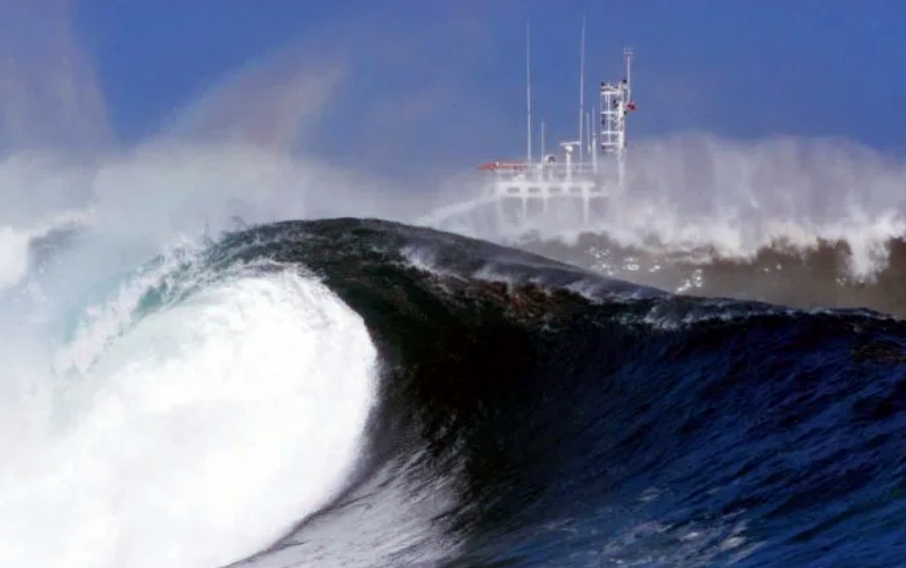Turkmenistan assigns a special role to the issues of energy efficiency and energy conservation using renewable energy sources (RES). And one of these energy generators of is wave energy, which is considered the most efficient among all alternative energy sources. In addition to the “green economy”, the key emphasis of the “blue economy” is on the sustainable development of industries related to the resources of the World Ocean.
The ocean and seas play an exceptional role in the global economy: they provide food for 10-12 percent of the Earth’s inhabitants, absorb 30 percent of carbon dioxide, and the cost of their resources is estimated at about US $ 24 trillion. This is an opinion voiced by Akhmet Penjiyev, associate professor of the Turkmen State Institute of Architecture and Construction, in his article published in the newspaper “Neutral Turkmenistan”.
The capacity of the water masses of the World Ocean far exceeds the potential of solar and wind energy. Despite this fact, the basis of wave energy – wave power plants are significantly inferior in number to their “alternative” competitors – wind and solar. However, given the ongoing trends with the development of alternative energy sources, we can expect an increase in wave power plants.
The Caspian Sea is the largest landlocked water body in the world, called the sea because of its large size and hydrometeorological characteristics inherent in marine basins, plays an important role in this regard.
“The Caspian Sea has a huge, largely untapped potential in terms of the use of renewable energy sources (RES), which can encourage the rapid growth of the “blue economy” for the sustainable development of Turkmenistan,” Penjiyev believes.
The objects of the blue economy include wind farms using stationary or floating platforms, floating photovoltaic solar power plants and installations based on technologies for using waves, tidal currents, converted into electrical energy, as well as energy generated from using the gradient of salt concentration in water.
Most importantly, such floating photovoltaic installations and ocean energy technologies can bring relief for supplying small islands with electricity and water. Renewable energy sources can replace expensive power plants that depend on the import of diesel fuel.
Sea waves are very promising energy source. Thus, the average value of the energy flow of the incoming wave, depending on the amplitude and frequency of the waves, for a period of 7-10 seconds and a relatively small height of 2 m per 1 meter of the wave front is 40-50 kW. In some water areas at the mid-latitudes of both hemispheres of the Earth, wave activity fluctuates at the range of 70-100 kW/m.
The island of Gyzylsuv, located in the Turkmen sector of the Caspian Sea, has the decentralized energy supply and depends on the import of organic fuel.
“The use of wave energy will be a priority, environmentally friendly and cost-effective option for energy supply. On this island, during strong winds, the speed of which is 10-15 m/sec, the waves rise to a maximum height of 4.13 m, and the average maximum wave height during the year is 3.14 m. The maximum wavelength reaches 75.5 m in November, the average maximum wavelength during the year is 58.81 m, the average wavelength during the year is 15.32 m,” the source notes.
However, there are also pitfalls on the path of the blue economy, which scientists and engineers have yet to eliminate. The challenges that wave power plant developers face stem from the necessity to design wave energy converters that can operate efficiently under environment of variable amplitudes, phases, and directions of wave propagation, as well as a specific frequency range of stimulating forces.
At the same time, the devices must have perfect design and operational characteristics, be reliable and economically feasible. Despite the fact that wave power plants have not yet reached the technical level that would allow for their widespread practical implementation, it is advisable to continue research and development in this direction.///nCa, 20 December 2022
